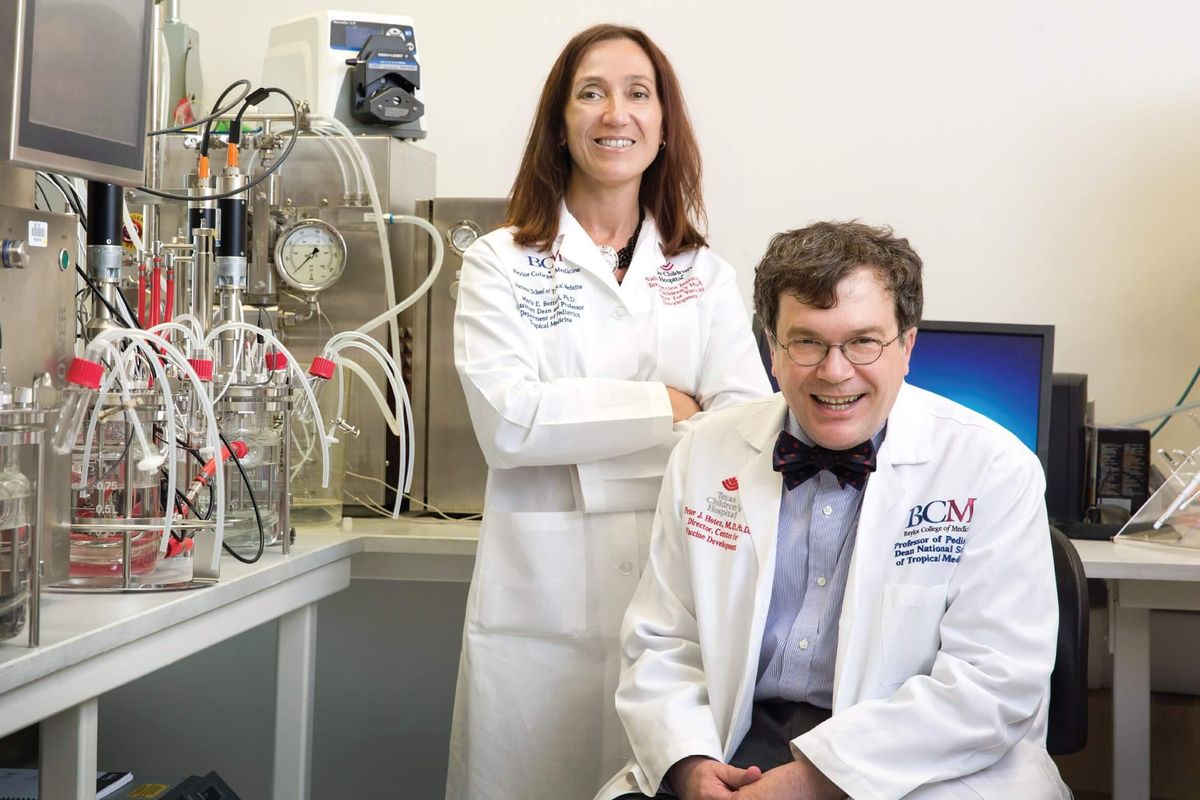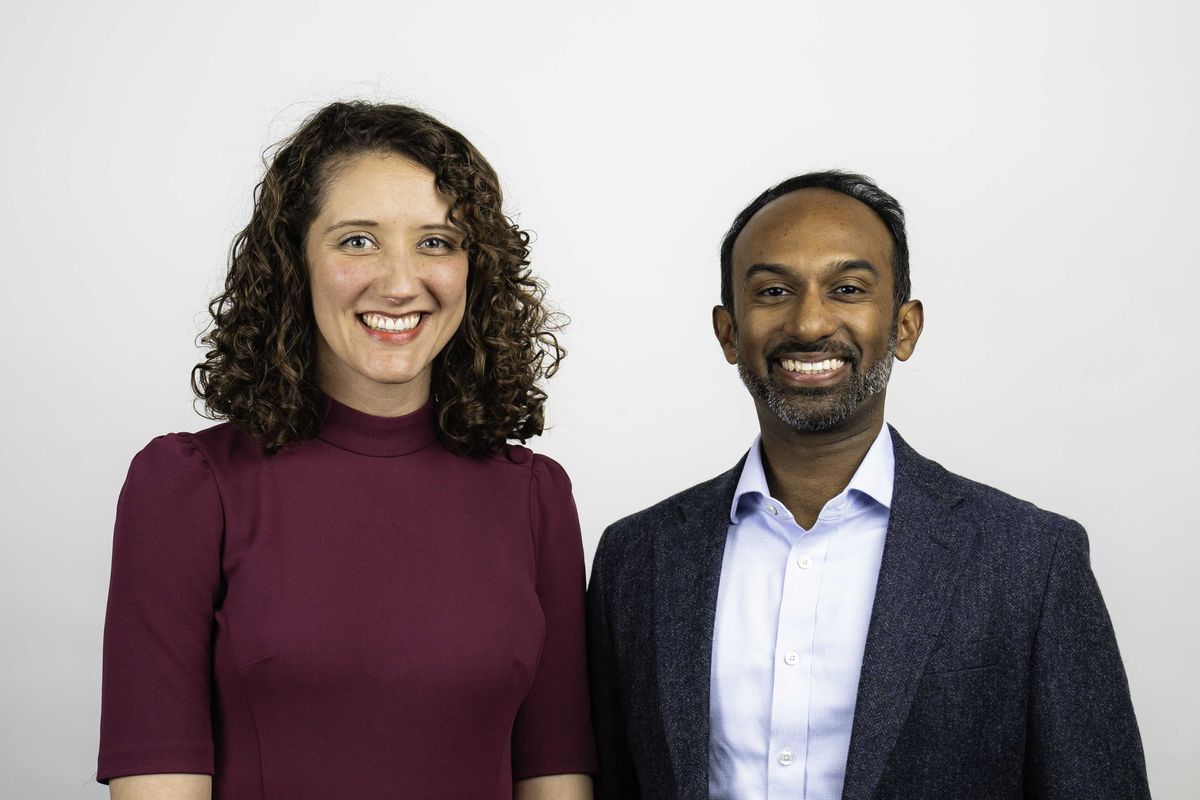Houston expert: Rethinking priorities at educational institutions
guest column
As a new year approaches, it is common to see various school rankings begin to appear in different studies and within various media outlets. Whether they're ranking colleges, high schools or even pre-k schools, these lists have long impacted the decisions families and students make.
That said, most school rankings are one-dimensional, therefore making them unreliable. The most common factor these classifications take into consideration is the rigor of academics and how they correlate to test scores and admissions. However, students are more than solely an academic statistic – they are artists, athletes and creative thinkers.
It is important, at any level, when considering a school to take into account nine key factors, not just one.
Navigating the selection process
There is a systemic issue with associating the quality of an educational experience to a school's name. Many rankings fuel this fire. Parents are often influenced to make decisions off of frivolous premises that deceive them into thinking one school is of better caliber than another. However, in reality, they are doing their child a disservice by not taking into consideration the many other factors that play into school selection.
Location
Distance to home or workplace is still a top factor in deciding which school to target. Although important to consider, many families tend to focus more on other factors aside from convenience alone.
Cost
The average private high school tuition in the Greater Houston area is $25,083 with annual increases on average of 4-6%. Tuition and financial aid play key factors when making the final decision and choosing which schools to add to a list. Final consideration for this is the cost vs benefit analysis.
Legacy
Studies suggest a "legacy" — you, a spouse or older child who previously attending a potential school — is one of the most popular reasons why schools get added to a target list. Although this is a legitimate approach, it is important to be cautious of not imposing a "legacy" onto a student.
Academics
The quality of education can be measured in rigor of classes, expertise of teachers, use of technology and class size. It is important to take into consideration if Honors, AP, and Dual Credit are offered, the percentage of teachers who have advanced degrees, the accessibility to laptops and smart learning devices, and smaller teacher to student ratios.
Athletics
If a student has an affinity for a sport and is genuinely considering playing the sport at a higher level, then it is important to find a balance between a school that has a strong program for that sport and the other factors on the list.
Social
There are three main social components at play in school choice: if students' friends are considering a school, or parents' own social circles influencing the decision, and the non-academic activities offered at a school. It is important to consider the clubs, organizations, leadership and volunteer opportunities offered as these help contribute to college applications down the road.
K-12 school v. 9-12 school
Some students must consider the adaptation curve for starting a high school in which other students had been attending since kindergarten. Due to this, families may consider 9-12 schools as the better option for their students since everyone starts from scratch.
Single-Gender v. Co-Educational
Deciding on the gender composition of a high school depends on a student's personality, confidence, personal preferences, and family values. Students can find success in both types of offerings, but girls especially may thrive in a single gender environment due to the empowering and confidence building structure of most all-girls schools.
College Preparedness
This should be the ultimate reason to go through a well-informed process for school selection. A school should prepare a student for standardized tests, college applications, and scholarship opportunities, and is the clearest cost to benefit factor to consider.
A new way to determine a student's path
In order to decide the best fit for a student it is time to discontinue the age-old practice of selecting an education based on rankings and subjective labels. It is time to usher in a new innovative approach that takes a look at the personality, values, interests, skills, and goals of a student and the various elements that make them unique.
At Firat Education, we run qualitative and quantitative assessments on students which are scenario-based and are used to identify what drives them, what gets them to the next level, and what excites them. This information then allows us to use a weighted scoring system that, dependent on each student, helps quantify the factors that matter most such as college preparedness, academics, athletics, and social.
Additionally, we look at their changing habits whether it be consistency in their values, their interests, and academic strengths. From here, we put it all together to formulate personalized scores that help prioritize the best fit for that individual student.
Utilizing this developed and dynamic approach to choosing a school is the first step in revolutionizing the way we approach schooling and spearheading a new age of innovation in education.
------
Ibrahim Firat, is the chief educational consultant and co-founder of Houston-based Firat Education.




















